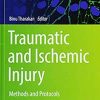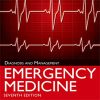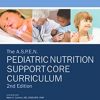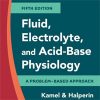Anticoagulation in COVID-19
thelancet.comThrombotic complications (arterial and venous) are common in patients admitted to hospital with COVID-19 and are an independent predictor of poor outcome. Microvascular thrombi also contribute to organ dysfunction, including acute respiratory distress syndrome.
The pathogenesis of thrombosis in COVID-19 is intimately linked with the inflammatory response to the virus, endothelial infection, activation, and injury as well as hypercoagulability.
Recognition that thrombosis is a key contributor to clinical deterioration and death has led to global interest in whether escalated anticoagulation dose or extended duration improves patient outcomes.
Early in the COVID-19 pandemic, published guidelines were heterogeneous with some, in the absence of evidence, recommending increased anticoagulation doses (particularly in critical care), stratifying dose by D-dimer results, or extended post-discharge thromboprophylaxis, or both.
Since then, randomised controlled trials have focused on all phases of illness—from the community, to hospital admission, when critically ill, and post-hospital discharge—so that high-quality evidence is now informing clinical practice.
From these trials, it has become clear that efficacy and safety of antithrombotic treatments depend on timing with respect to illness severity and dose, and that the mechanism of action might also be important.

















